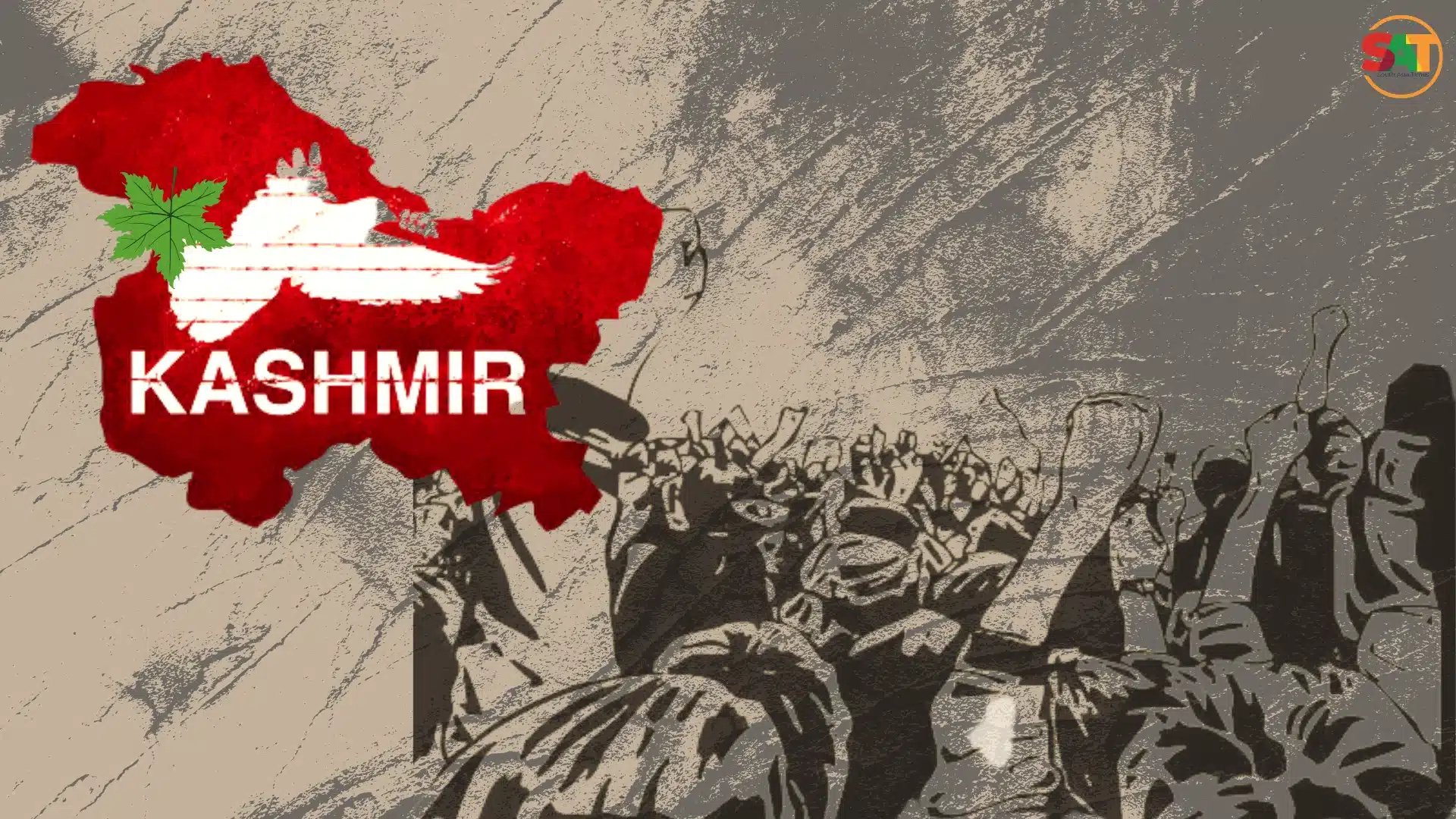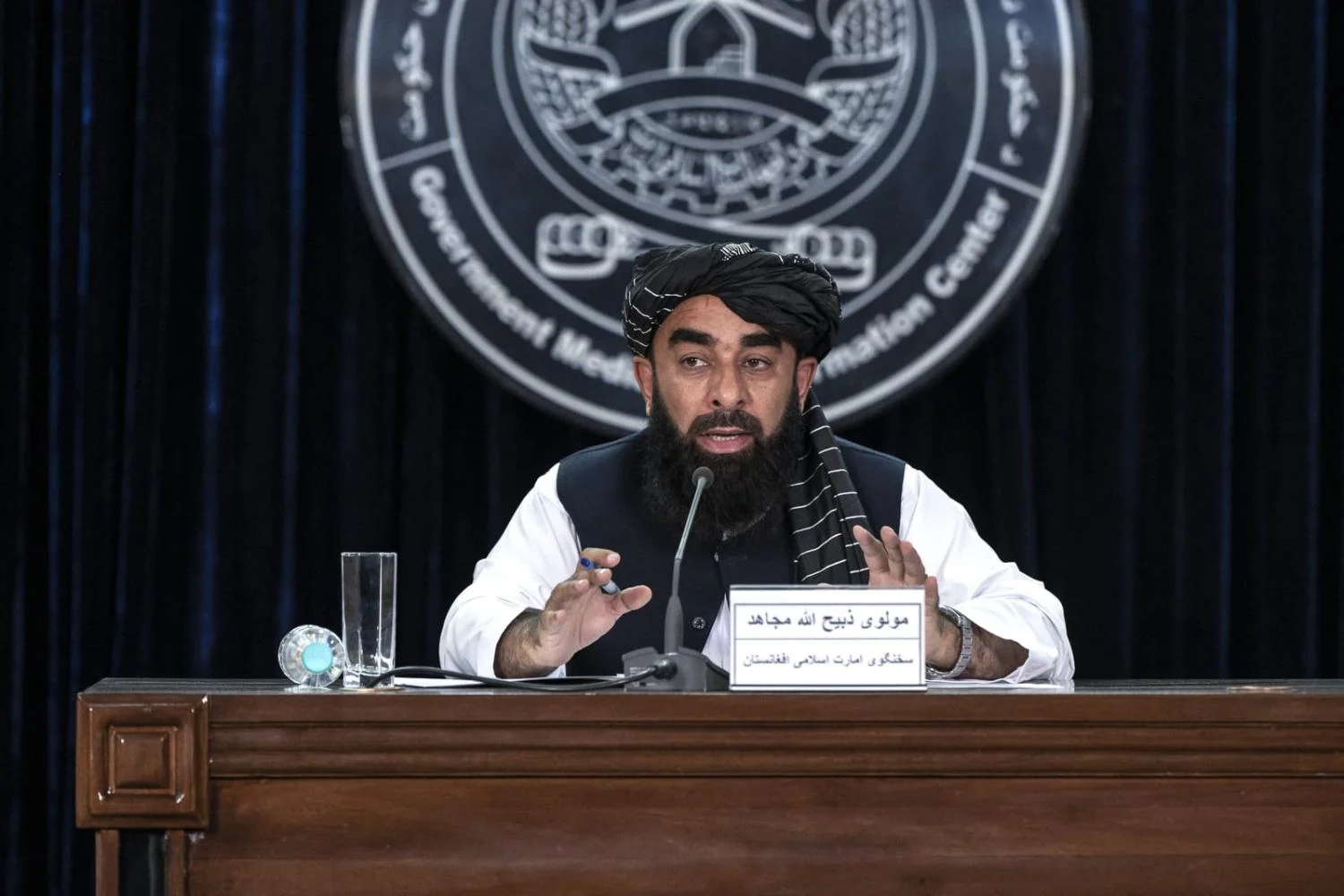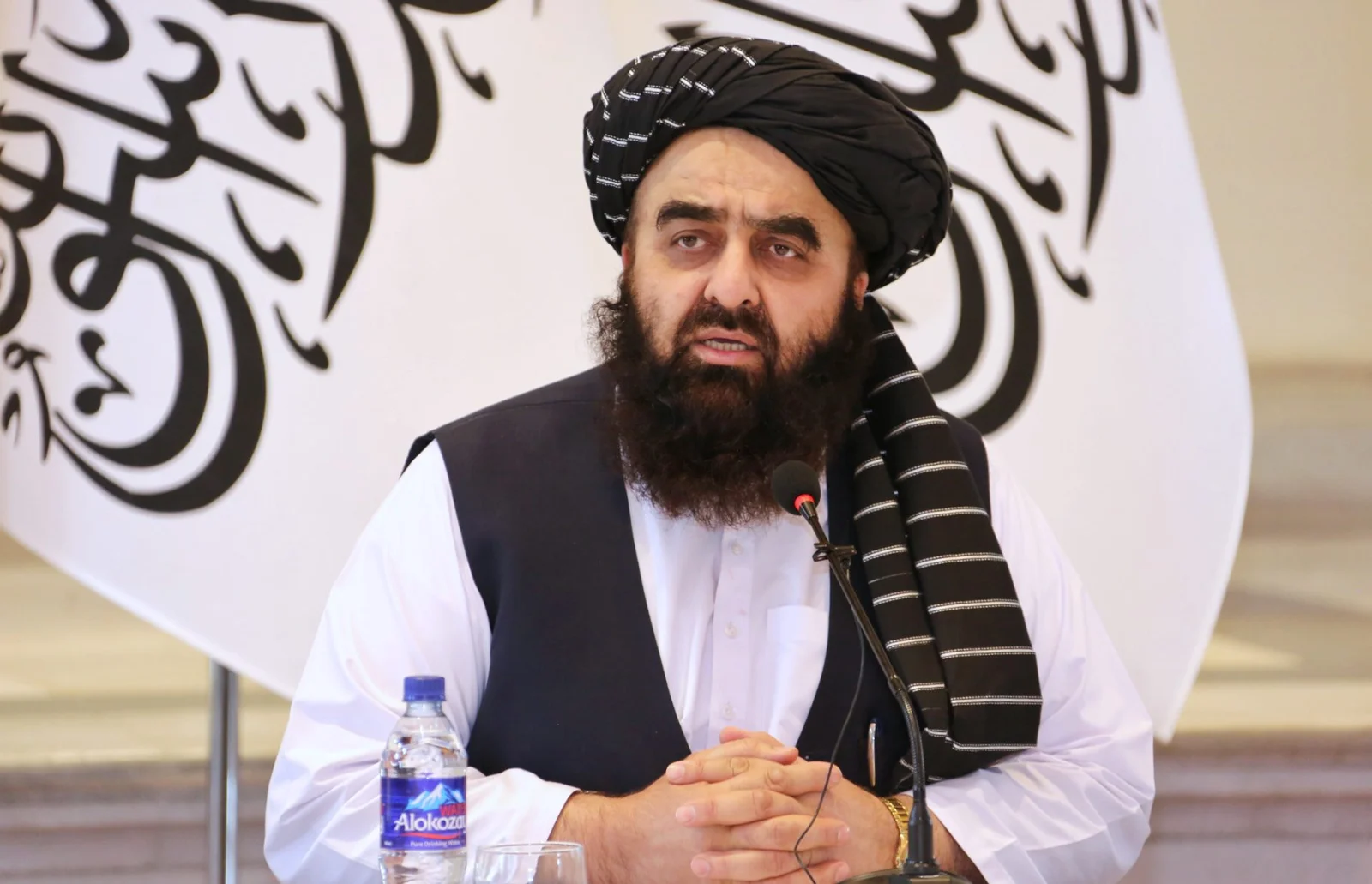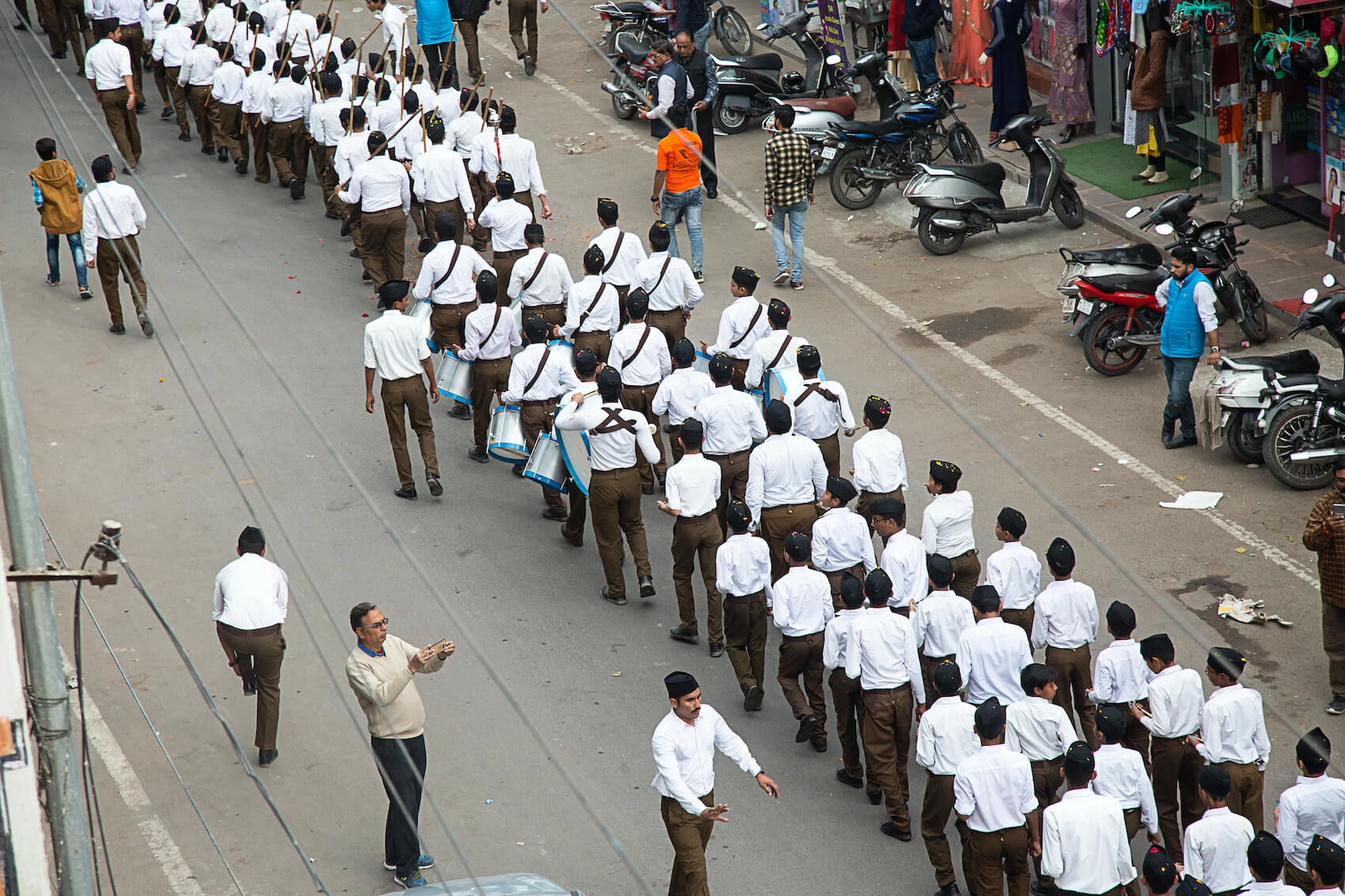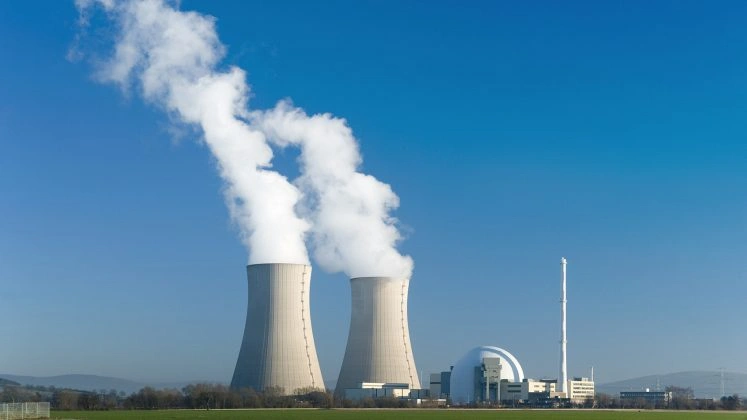India’s strategic culture shapes the country’s behavior in times of war. It draws heavily from the nation’s history, political culture, and ruling elite. The Cabinet, particularly within the Indian Parliament, actively influences this strategic culture. Since 2014, Narendra Modi has significantly transformed India. He will further solidify these changes during his third term, known as Modi 3.0.
Saffronization and the Erosion of Muslim Representation
One of the most glaring shifts under Modi’s leadership has been the drastic reduction in Muslim representation in the Indian Parliament. This change is particularly notable in Modi 3.0.
Historically, Muslim voices were present, albeit limited, but they have now dwindled to just 5%, with only 25 Muslim seats in the Lok Sabha compared to 60 during the Congress era.
This lack of representation is particularly concerning. These seats belong to the opposition, not the ruling National Democratic Alliance (NDA). The absence of a significant Muslim perspective in the decision-making process has led to increased influence from the Rashtriya Swayamsevak Sangh (RSS). The RSS is a right-wing Hindu nationalist organization.
Over the past decade, RSS-affiliated think tanks have gained considerable access to policymaking. This access has led to further saffronization of India’s political landscape. Approximately 60 to 70% of Modi’s parliament members have direct links to the RSS. Their influence has driven the rise of militarization and aggressive nuclear posturing.
Militarization and Strategic Shifts
India’s strategic orientation has evolved from non-alignment during the Cold War. It now follows a more complex multi-alignment in the current geopolitical landscape. Under Modi 3.0, India projects itself as a country maintaining strong relations with both the West and Russia. This stance is particularly evident amid the Russia-Ukraine conflict. This position was notably reinforced by External Affairs Minister S. Jaishankar’s statement that “Europe’s problems are not the world’s problems,” signaling India’s growing assertiveness on the global stage.
Although recently, Modi’s visit to Ukraine and subsequent visit of Ajit Doval to Russia to explain the situation and calm down the Russian President Vladimir Putin, somehow gives a different picture.
Under Modi’s leadership, India’s militarization has intensified. India’s nuclear posturing has become more aggressive. The country now possesses more warheads than Pakistan, reversing the previous balance. Defense Minister Rajnath Singh’s reconsideration of the “no first use” nuclear policy further highlights India’s shift toward a more assertive military stance.
Additionally, the integration of the RSS into India’s military infrastructure is becoming increasingly apparent. The government has rebranded several Cadet Schools as Sainik Schools and linked them to the RSS. The RSS and Durga Vahini (the female wing of the RSS) now oversee military training. The introduction of the Agnipath Scheme recruits young people aged 18 to 25 for three years of military training. This scheme is another step toward embedding RSS values within the military and, by extension, Indian society. The army will retain only the top 20% of these recruits. The rest will receive financial compensation to start businesses. However, the broader societal impact of training thousands of young individuals in RSS ideology is a cause for concern.
The BJP’s Dilemma: Minority Policies and Electoral Strategy
In the recent elections, the BJP failed to secure the expected number of seats. This failure raises questions about the party’s approach toward minorities. While some speculate that the BJP might reconsider its policies to include minorities, I believe the party is more likely to double down on its efforts to suppress these groups. The fear of losing power motivates strongly. The BJP has built its electoral success largely on its hardline stance against minorities, particularly Muslims.
The recent loss of support from Shudras and Sikhs—communities that Modi’s constitutional changes threatened—significantly set back the BJP. Congress, led by a Shudra leader, was able to gain the trust of these groups in the elections. However, the BJP’s core voter base remains rooted in its anti-minority policies. A shift in these policies could further erode the party’s support, as seen in the 2014 Congress defeat, where the party’s perceived accommodation of Muslims led to a loss of the majority Hindu vote.
Also See: Mpox Outbreak: Global Crisis and Pakistan’s Wake-Up Call
Modi 3.0 Implications for Indian Occupied Jammu and Kashmir
As India prepares for the upcoming Jammu and Kashmir Assembly elections after a decade of political upheaval and disenfranchisement, the region faces a crossroads. Many pundits view these elections as a continuation of previous sham elections, which have served to project a false sense of normalcy from IIOJK to the outside world. Which of course failed at many occasions.
The revocation of article 370 is apparently bearing fruit for the strategic mindset of India, who despite of all the challenges in IIOJK is selling the notion of “provincial elections” to the masses and its followers.
As per analysts, Congress and BJP are no different, when it comes down to the Kashmir policy of presenting it as a normal state with a few hiccups, which is why we don’t see any boycott of elections from any of the parties involved in this fiasco.
After 2018, when BJP pulled out its support for PDP and imposed a governor rule, the revocation of article 370 came into play, which was later solidified and given a legitimate cover by the Indian supreme court. The stage was already set by using domestic legal framework to put forth the agenda of settler colonialism, a strategy picked by the Indian policy makers from Israeli playbook.
Is Indian Occupied Jammu and Kashmir Normalized?
Many find it surprising to learn that IIOJK is the most militarized land on earth. The Indian government has deployed about 300,000 combat troops to the region, in addition to a large number of paramilitary forces and multiple intelligence agencies. Security experts estimate that the total number of security personnel in the region ranges from 700,000 to 800,000. This deployment means that for every 10 Kashmiri civilians, there is one security personnel stationed by the Indian government.
Since the revocation of article 370, around 800 Kashmiris have been martyred and countless disappeared by the forces. During the G20 summit, India couldn’t attract the high profile delegations for the disputed region. Many Kashmiri political pundits are of the view that the true face and voices of Kashmir, such as Aasia Andrabi, Qasim Fakto, Massarat Alam Bhatt, Shabbir Shah, Mir Waiz Umer Farooq and Yasin Malik are in prison for indefinite time period, which shows the victimization of voices, who would want not the Sham elections, but referendum as per UN resolutions and subsequently a plausible solution in the form of freedom from Indian occupation.
Also, a recent article in The Guardian tells us a story, where Kashmiri resistance fighters are giving a very hard time to Indian forces.
Some 300 more companies of Indian paramilitary forces have been added for deployment for the elections. This is apart from the staggering number of forces already stationed in the region.
The mantra of normalization is way beyond the reality of the ground. Kashmir being the nuclear flash point as a neighborhood and shared territory by three nuclear countries of the world is also a point which many people miss out. Normalization it seems is a distant dream for the disputed region.
What is Modi 3.0 trying to do in Indian Occupied Jammu and Kashmir – Will it Work?
The Election Commission of India issued a notification on August 20, 2024, announcing the commencement of the first phase of voting in 24 constituencies across the Valley and Jammu region, set to begin on September 18. The second phase, covering 26 seats, will take place on September 25, followed by the third phase with 40 seats on October 1. The union territory of Jammu and Kashmir has around 87.09 lac voters, of which 44.46 lac are men, 42.6 lac are women and 3.71 lac are first-timers.
However, as per analysts, most of them will not come out to vote and may avoid participating in the elections due to their disapproval of Indian presence in the region. The fear of settler colonialism, ripping Kashmiris of their lands and rights, invading their homes and bazars and economy and above all culture and religion, is something which may never work out, unless a referendum in its true form may be conducted as per the UNSC resolution on the disputed territory.
The views expressed in this article are the author’s own. They do not necessarily reflect the editorial policy of the South Asia Times.

